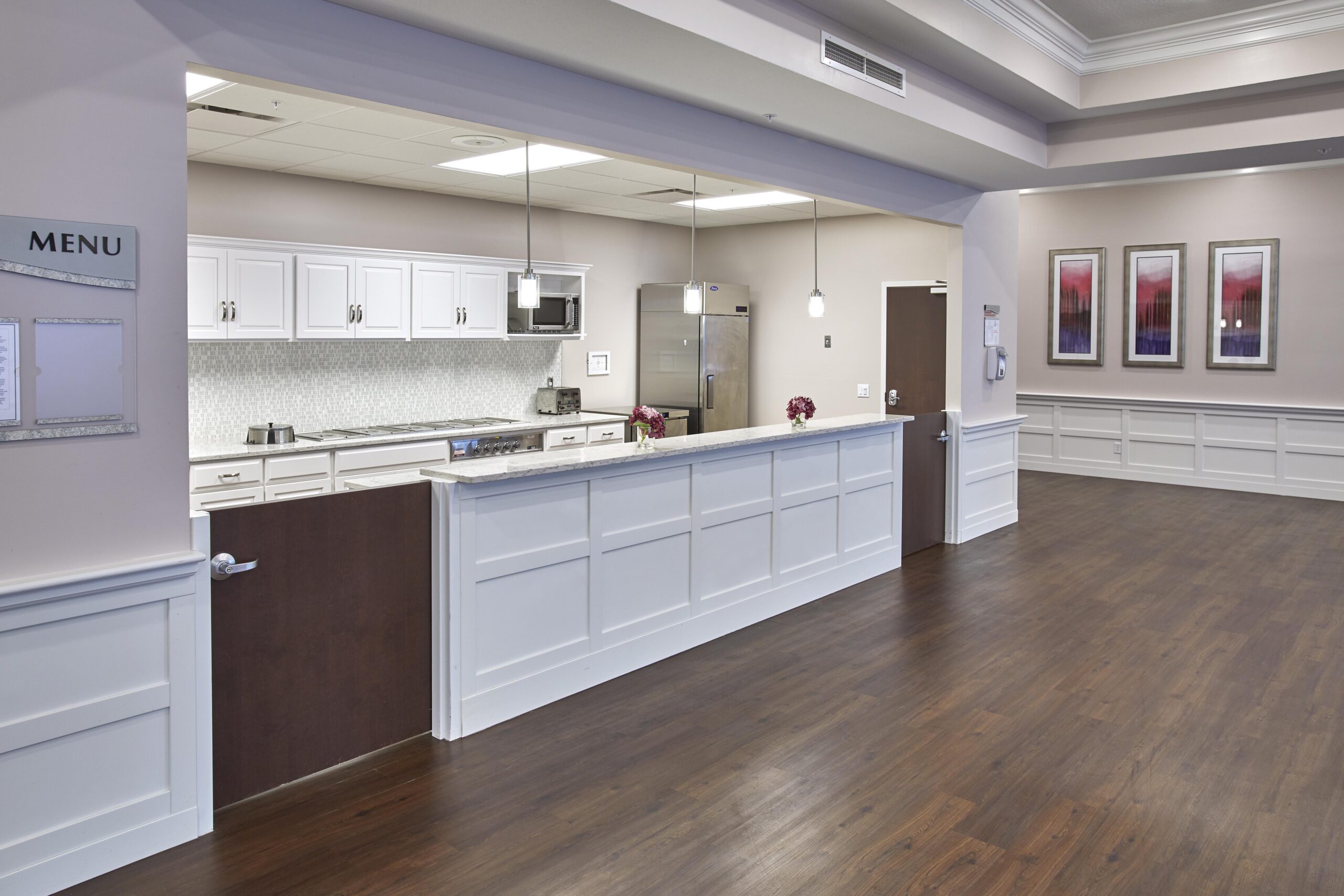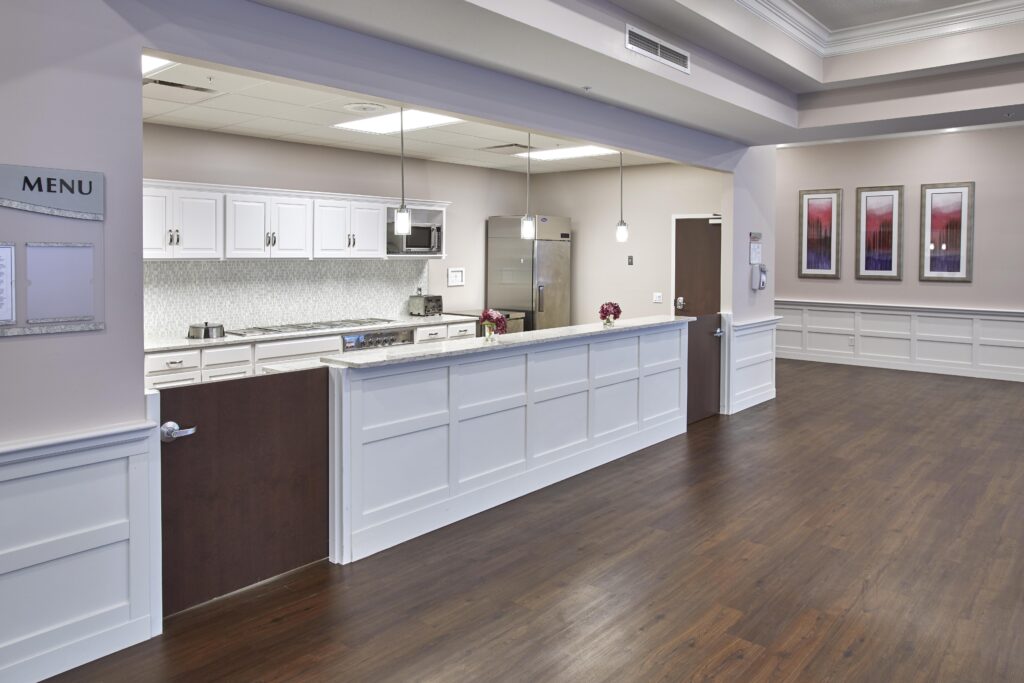
5 Creative Ways to Use 3D Trim in Hospitals and Aged Care Facilities

In hospitals and aged care facilities, maintaining a safe and durable environment is crucial. One area that often requires protection is the walls, which can be subjected to frequent impacts from various sources. Traditional trims such as dado rails, skirtings, wainscoting, feature walls, and corner guards are commonly used for protection, but they often suffer from damage and wear over time. Thankfully, with the introduction of innovative materials like 3D trim, there are now creative ways to enhance the functionality and aesthetics of these protective features. Here are five creative ways to use 3D trim in hospitals and aged care facilities:
- Reinvented Dado Rail (Chair Rail): Dado rails, traditionally made from timber, serve as horizontal rails part-way up a wall to protect against damage caused by beds, wheelchairs, and other vehicular traffic. In healthcare settings, dado rails are also used to mount handrails where there are no continuous noggins inside the walls. To take the protection of dado rails to the next level, 3D trim can be applied. By wrapping the dado rail in Acculine’s Palladium Rigid Vinyl material, the 3D trim provides a durable and impact-resistant surface. This not only protects the wall but also adds a visually appealing three-dimensional transition to a change in wall color.
- Skirting with Enhanced Durability: Skirtings, typically made from MDF or hardwood, are susceptible to damage from the wheels of walking frames, wheelchairs, staff trolleys, and residents’ shoes. Regular paint finishes on skirtings often chip away easily, leaving them vulnerable to impact. By incorporating 3D trim into skirtings, a robust solution can be achieved. The application of 3D trim adds an extra layer of protection, ensuring that skirtings can withstand daily impacts while maintaining their visual appeal.
- Durable Wainscoting: Wainscoting is a decorative wall treatment that involves covering the lower portion of a wall with panels, adding elegance and charm to interiors. By incorporating 3D trim into the wainscoting panels, a new level of visual impact can be achieved. The use of textured 3D trim or contrasting colors creates a stunning three-dimensional effect, enhancing the overall aesthetics of the space while providing added protection to the walls.
- Striking Feature Walls: Feature walls serve as focal points, adding personality and interest to a room. With 3D trim, the impact of a feature wall can be further enhanced. By incorporating 3D trim into the design, whether through textured patterns, metallic finishes or contrasting colors, the feature wall becomes even more visually captivating. Additionally, the application of 3D trim provides increased durability, protecting the wall from potential damage.
- Decorative Corner Guards: Corner guards are essential for protecting corners from damage caused by accidental impacts. While they primarily serve a practical purpose, they can also contribute to the overall aesthetics of a space. By utilizing 3D trim for corner guards, they can be transformed into decorative elements. Matching the trim to the interior design or choosing a complementary color adds flair and character to the corners, making them visually appealing while providing necessary protection.
Incorporating 3D trim into hotels, residential aged care facilities and hospitals not only improves durability and protection but also enhances the overall aesthetics of the environment. With its ability to withstand impacts and provide a visually appealing three-dimensional effect, 3D trim offers a creative and practical solution for safeguarding walls, skirtings, wainscoting, feature walls, and corner guards. By embracing these innovative applications, hospitality and healthcare facilities can create functional and visually pleasing spaces that prioritize both safety and design.
